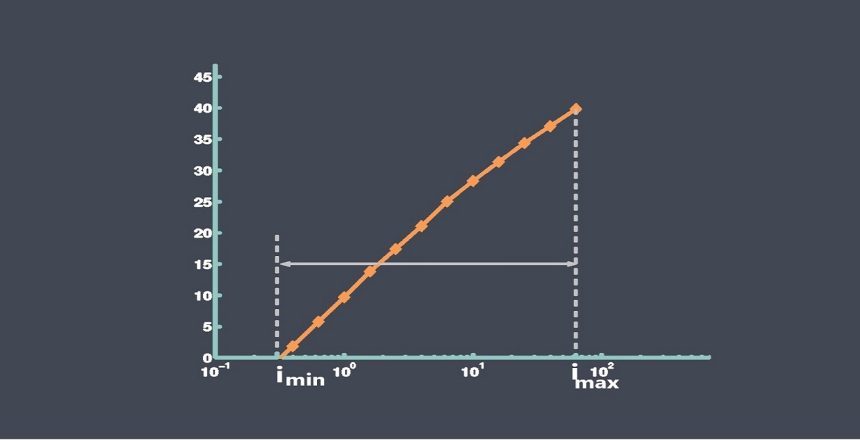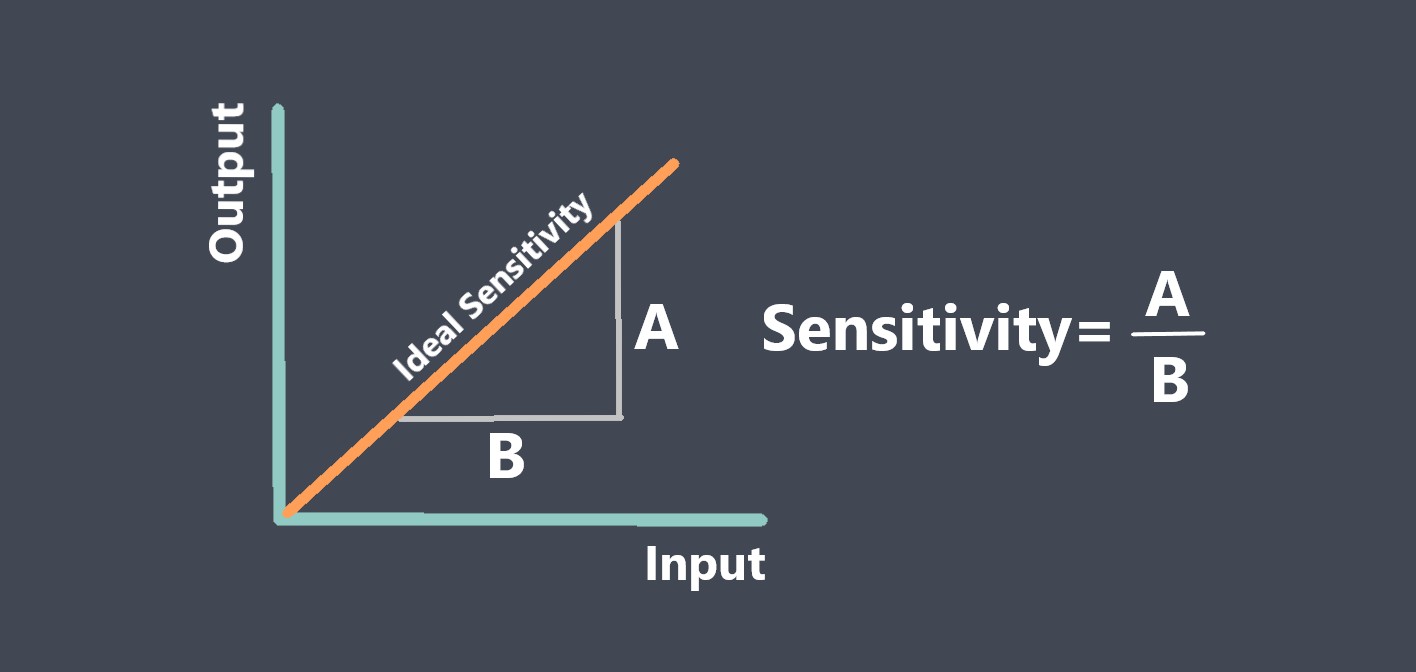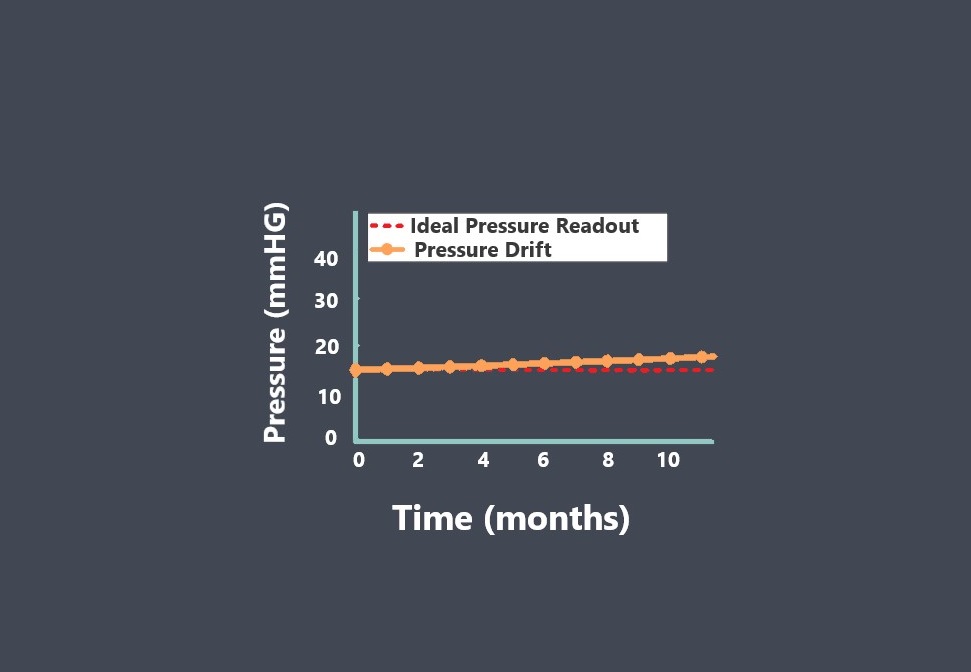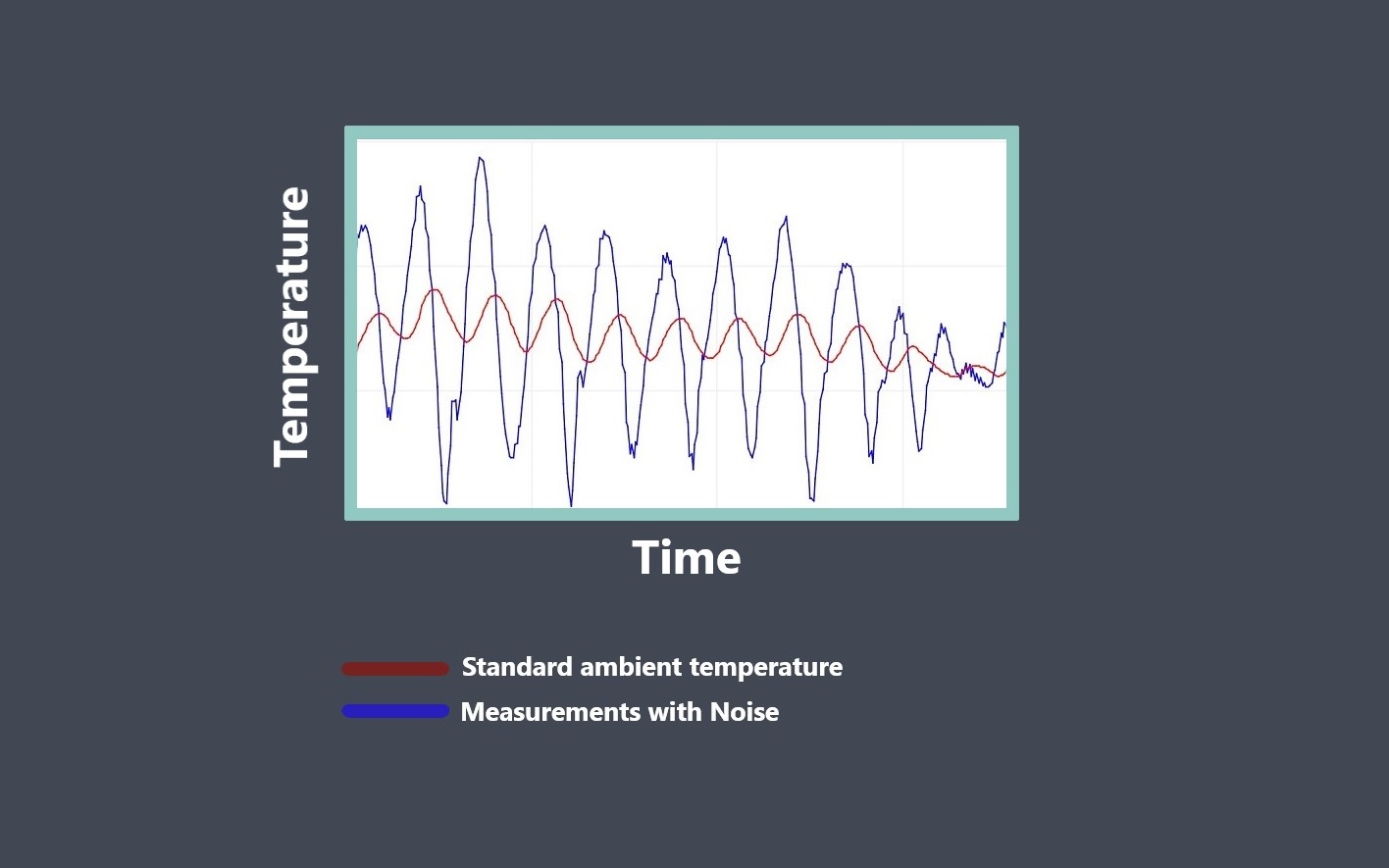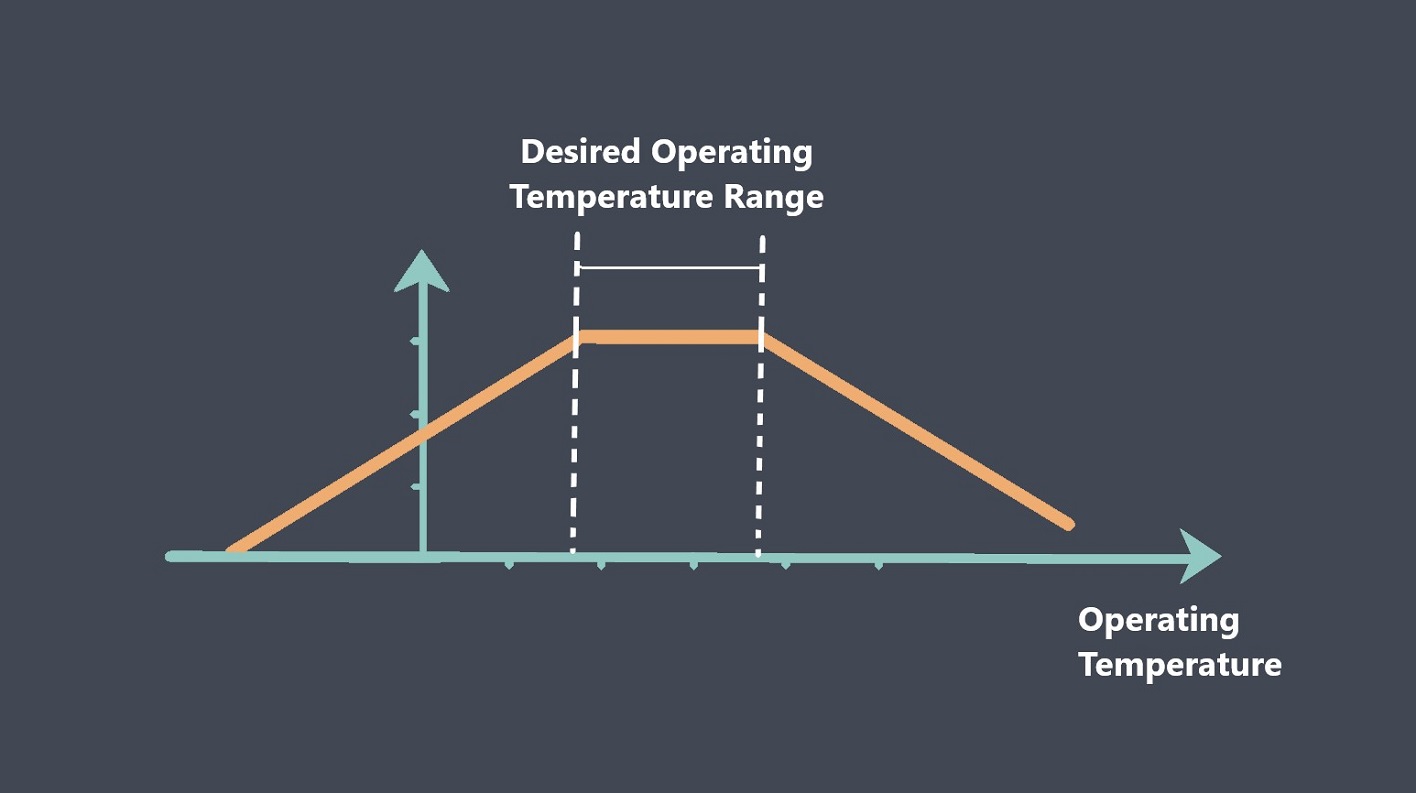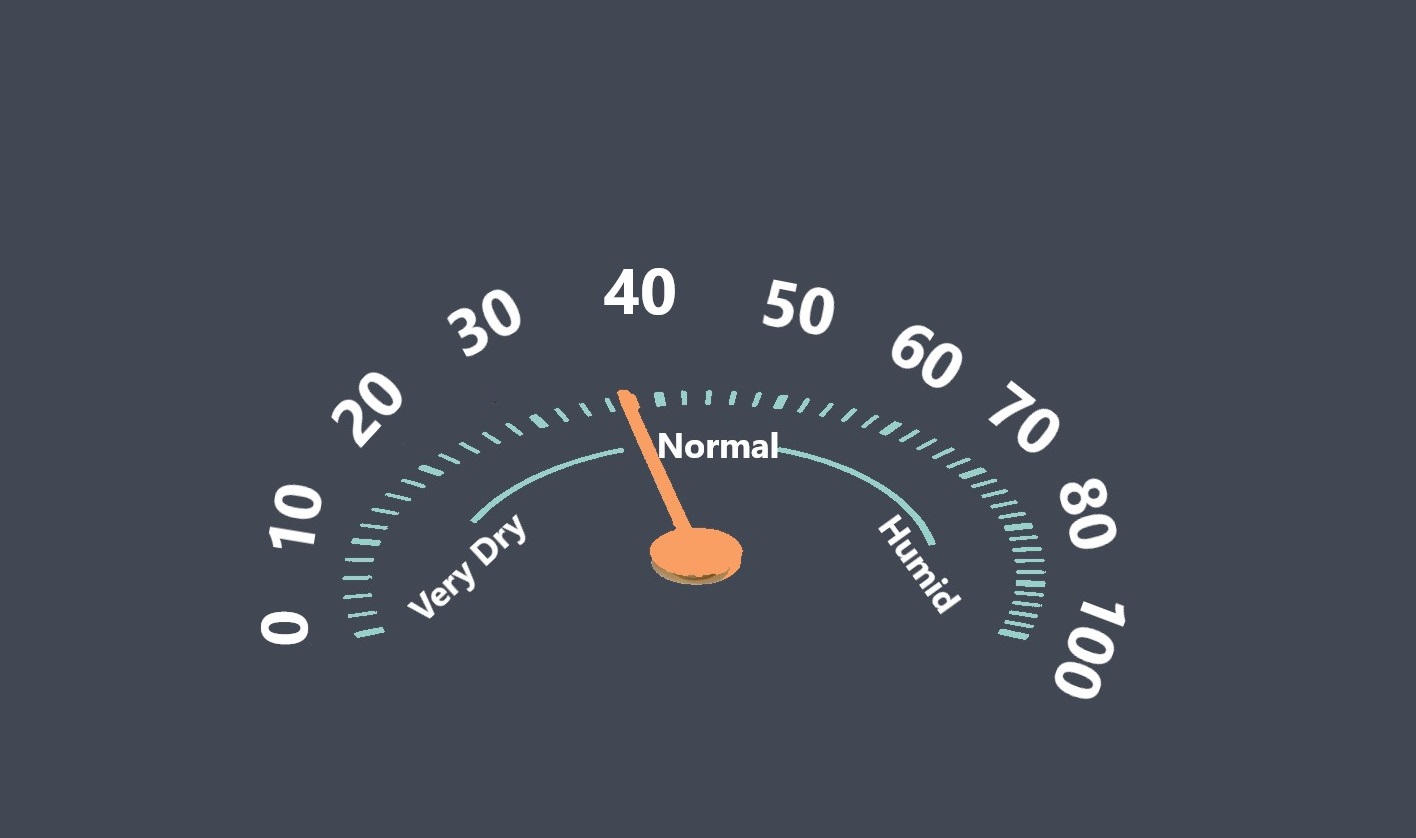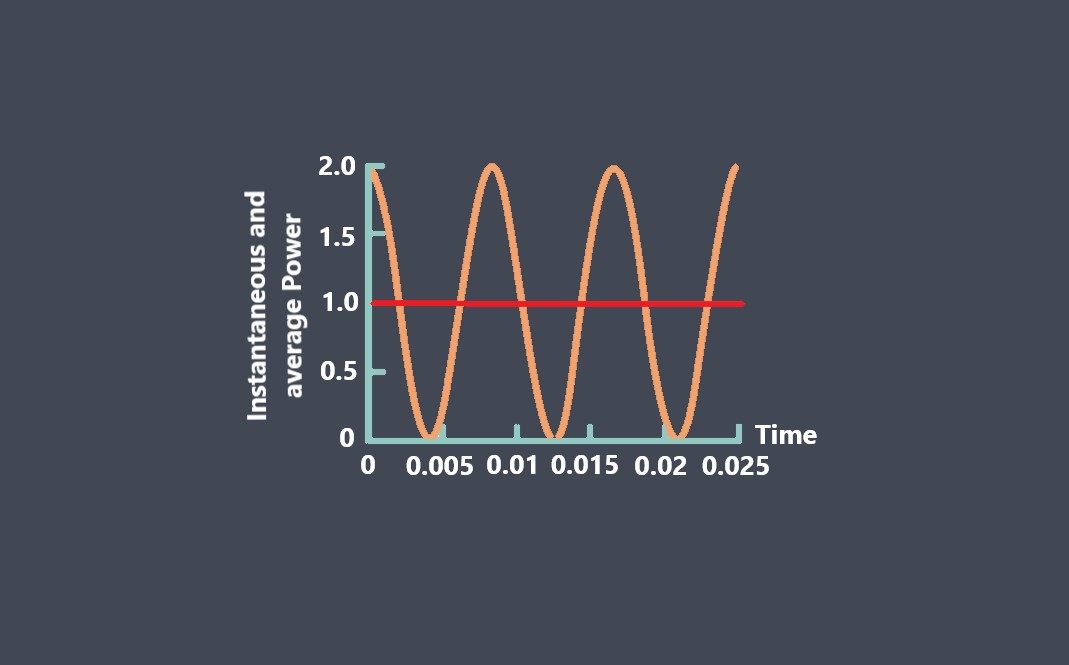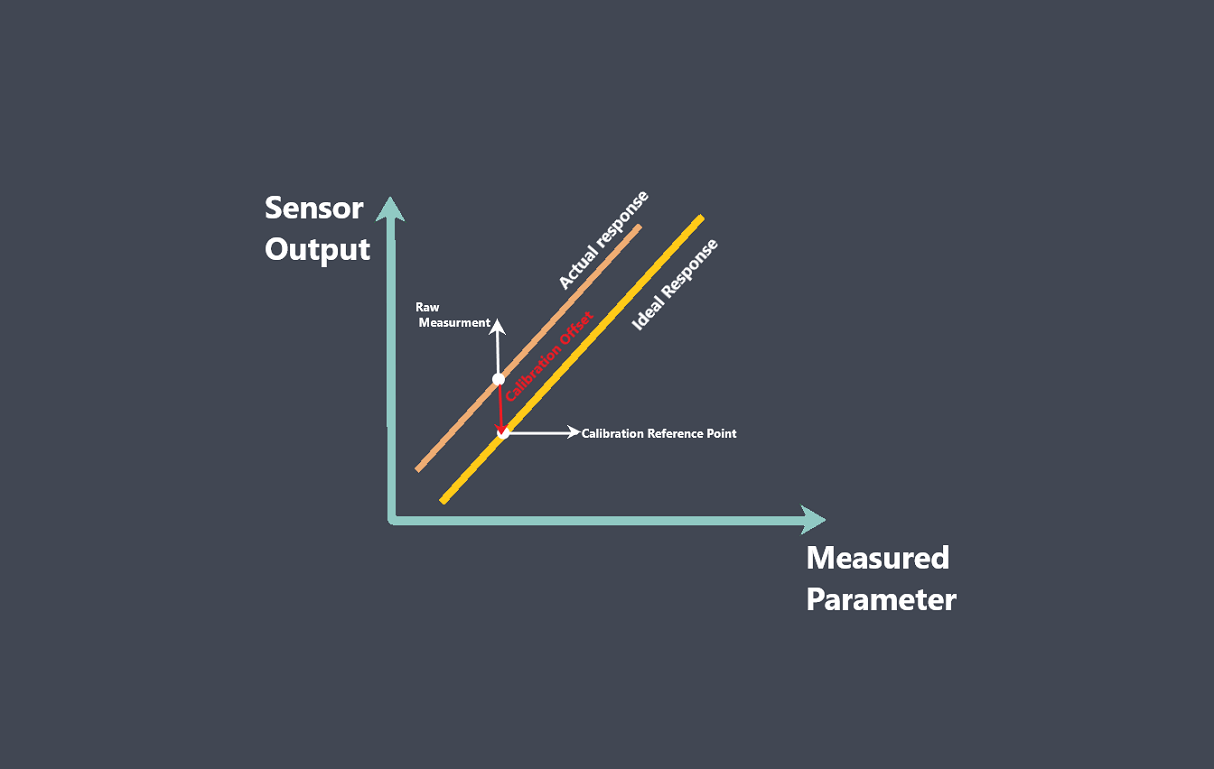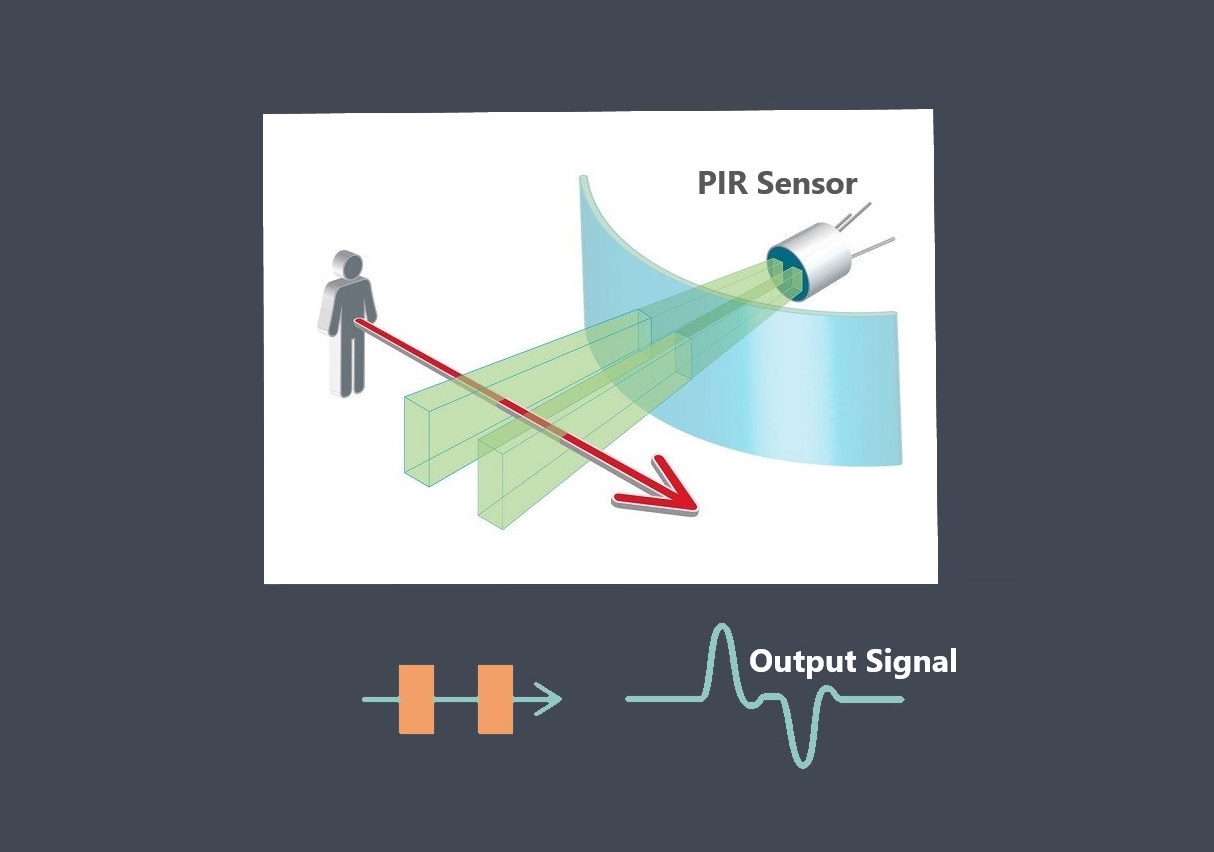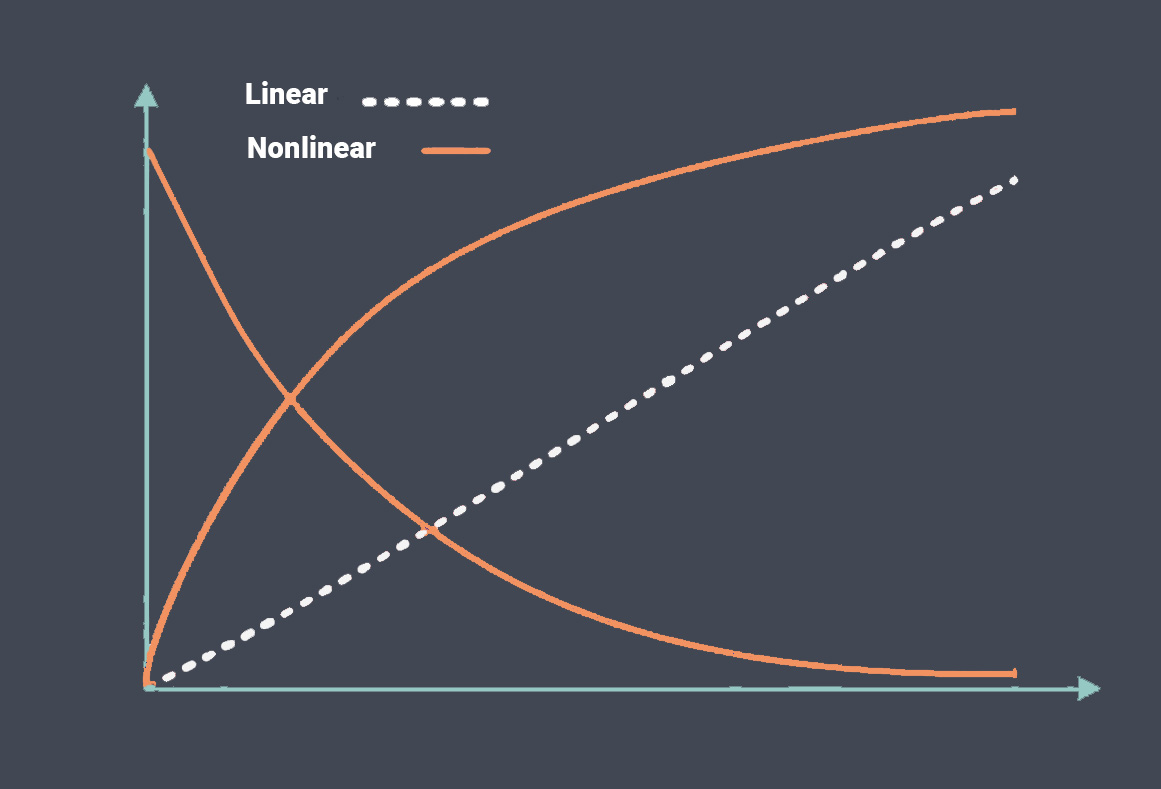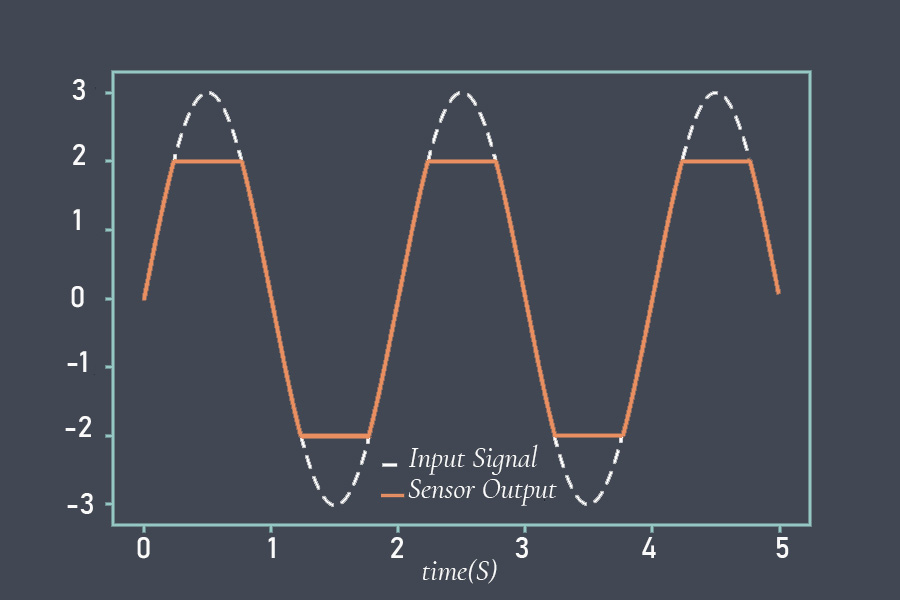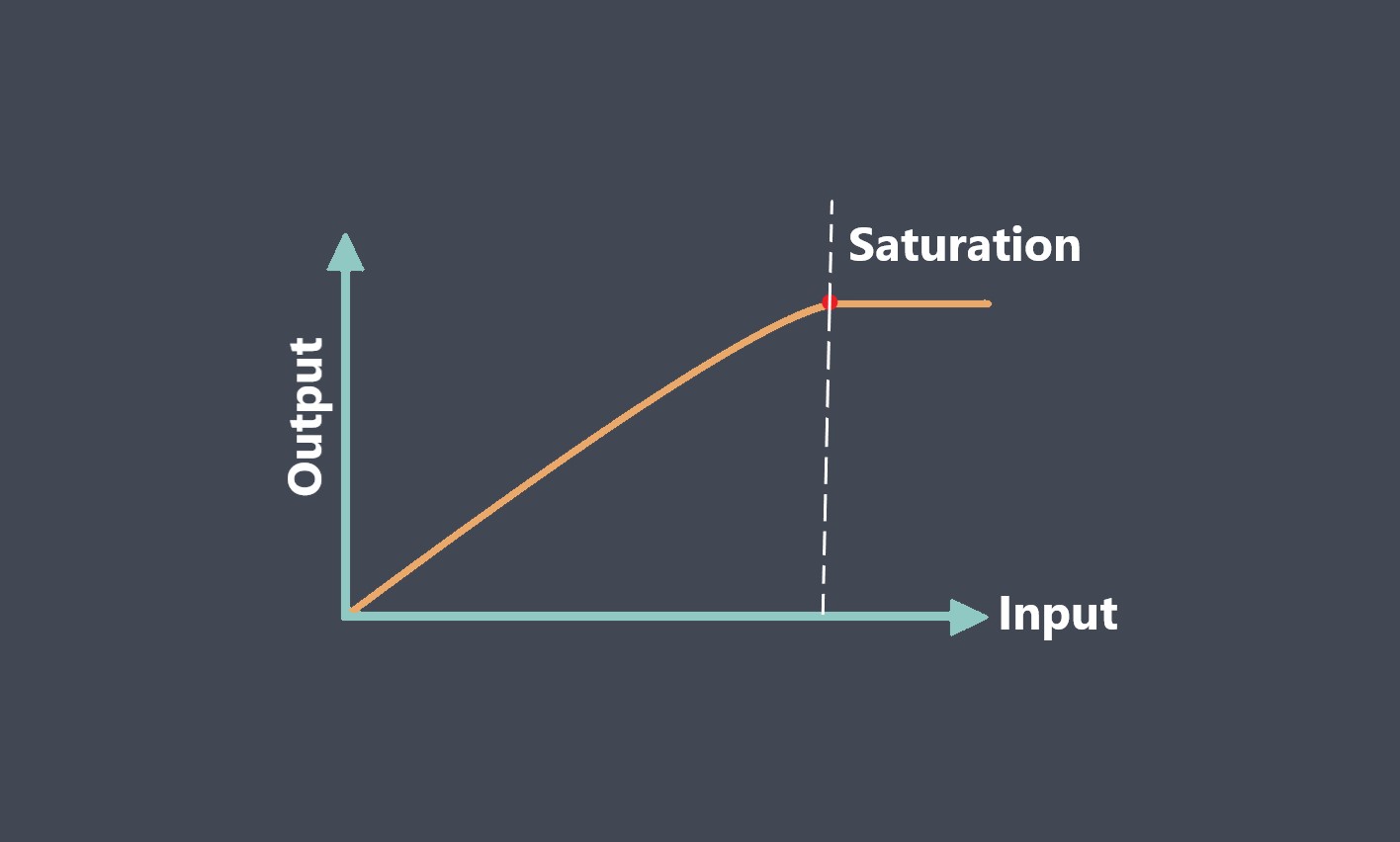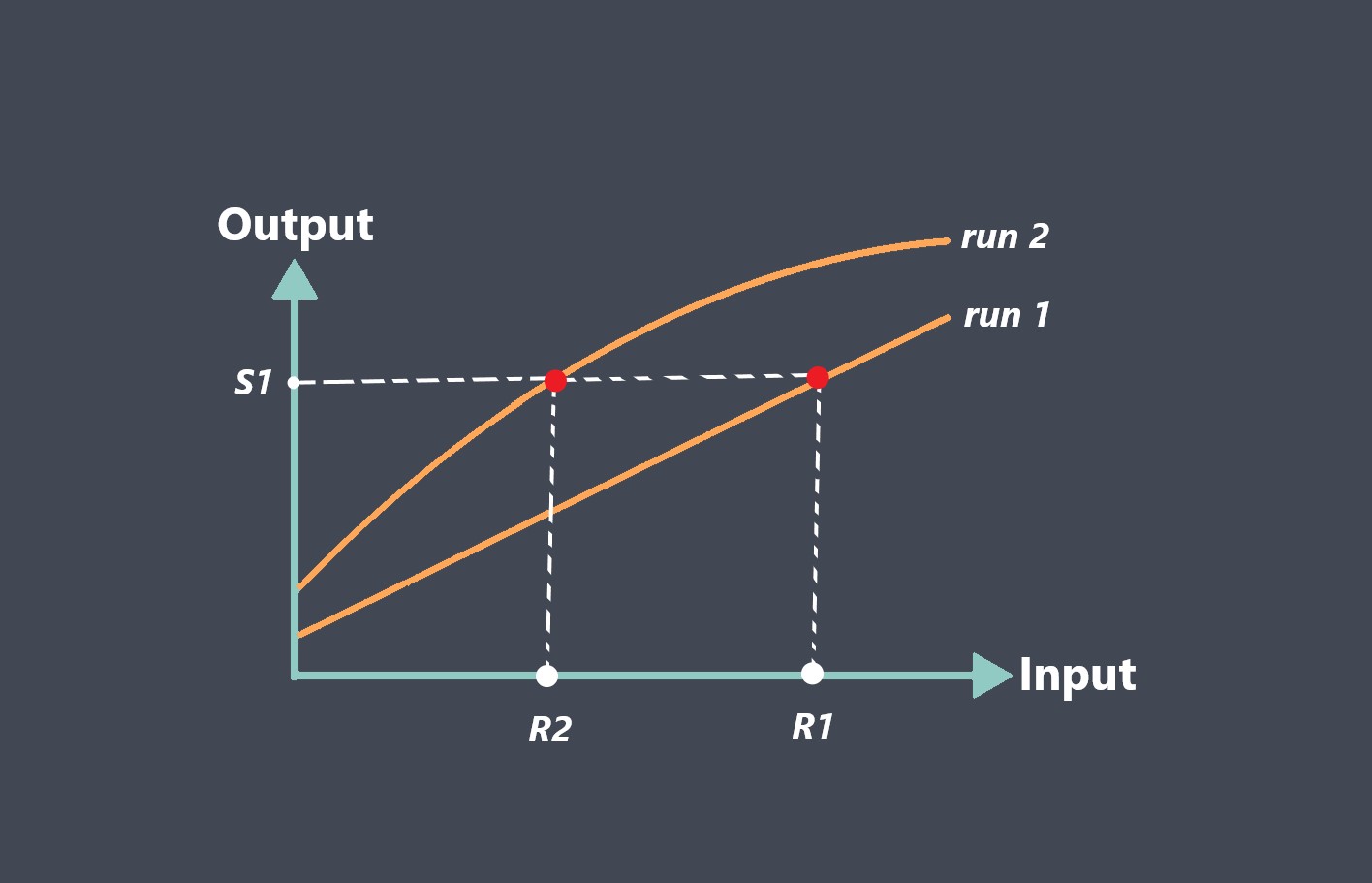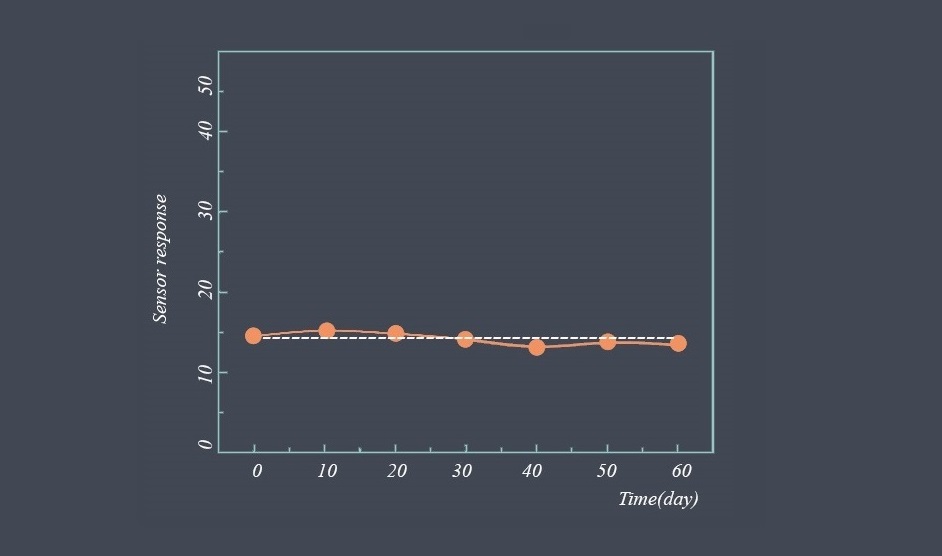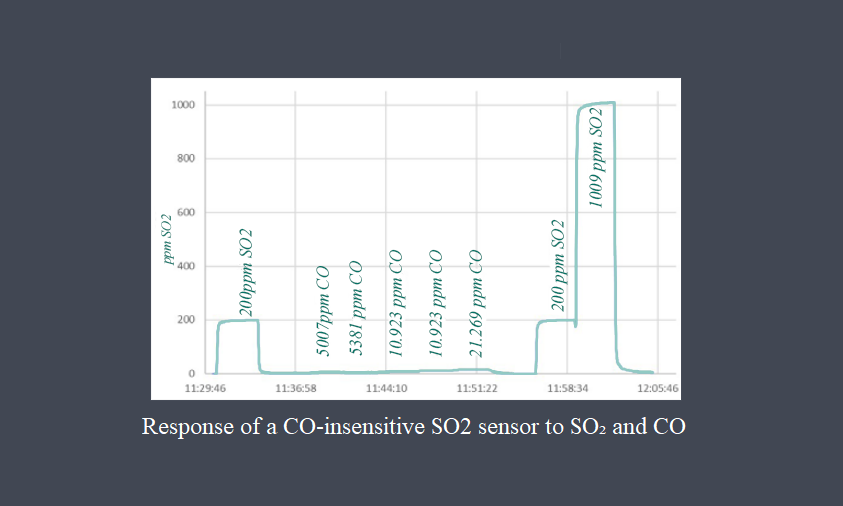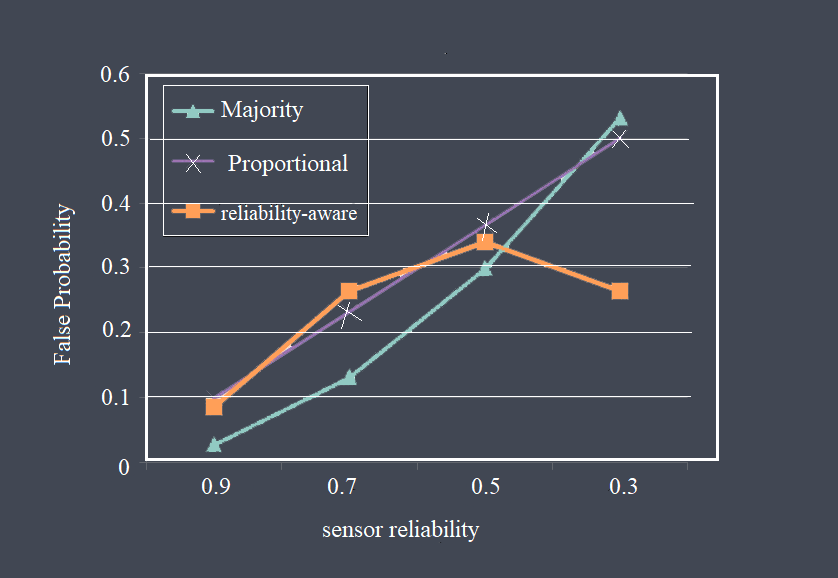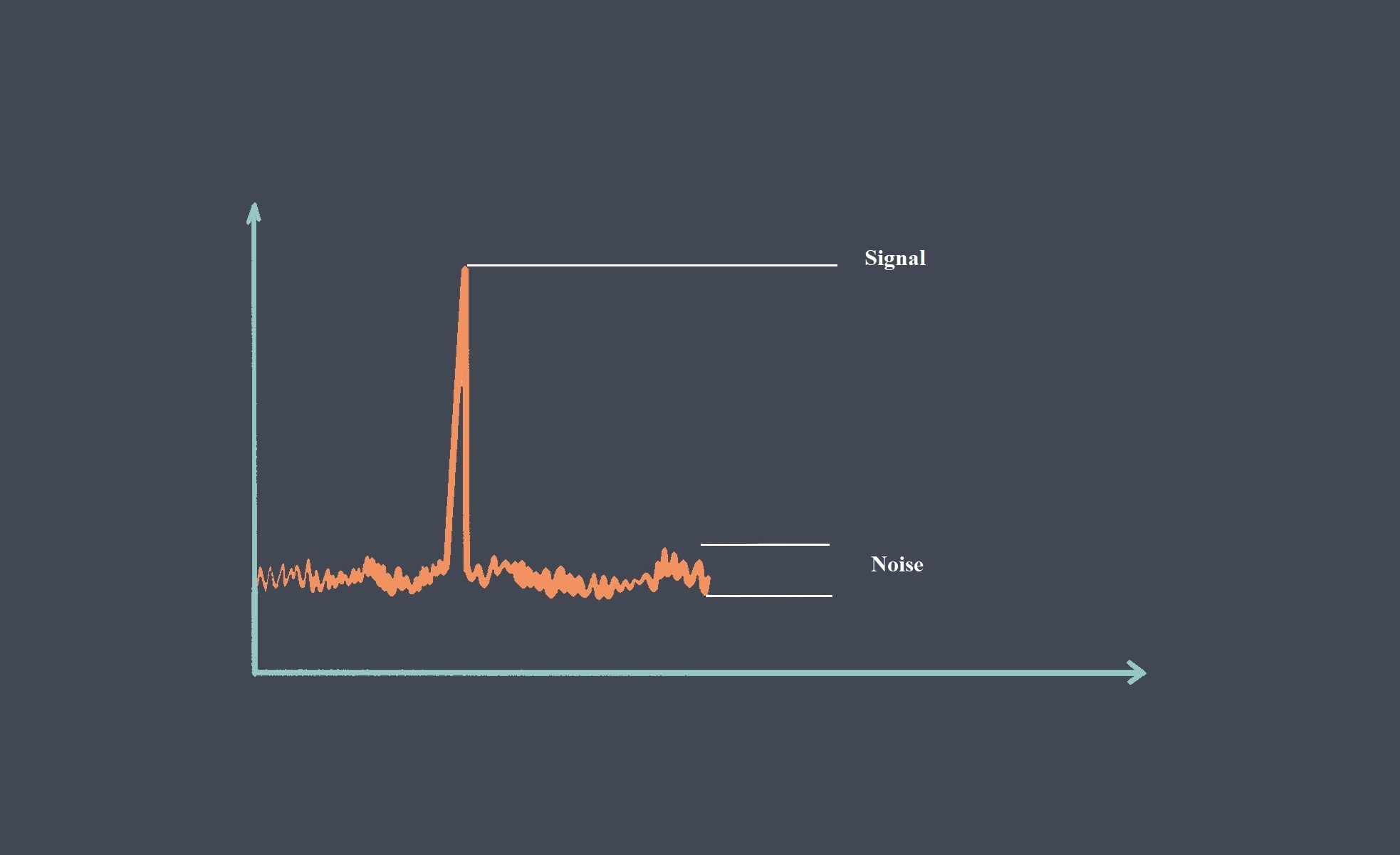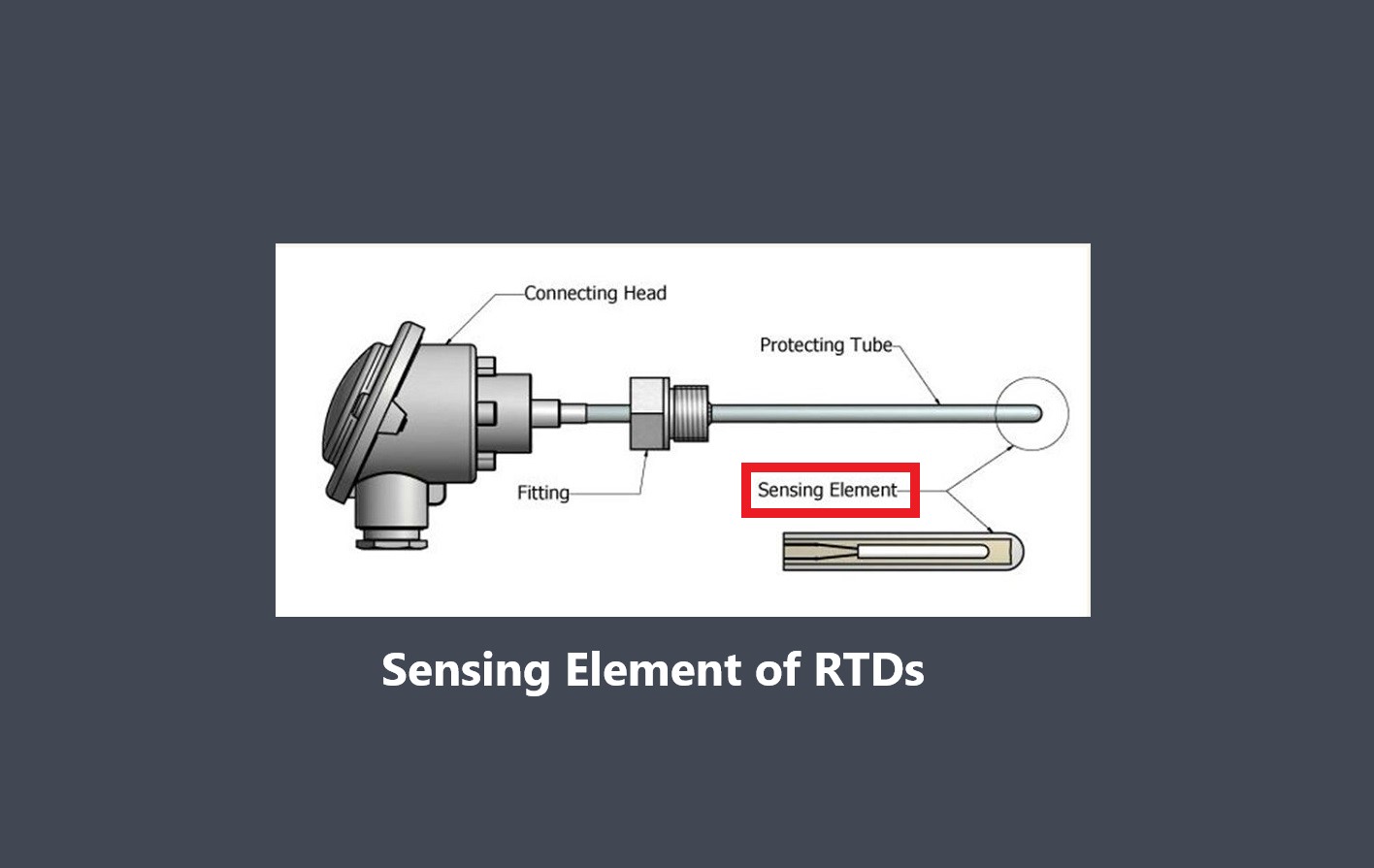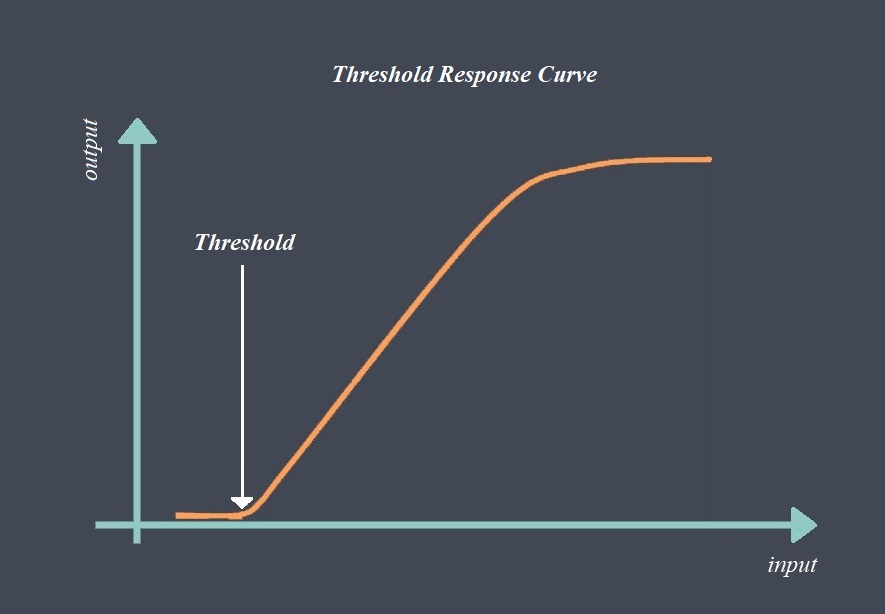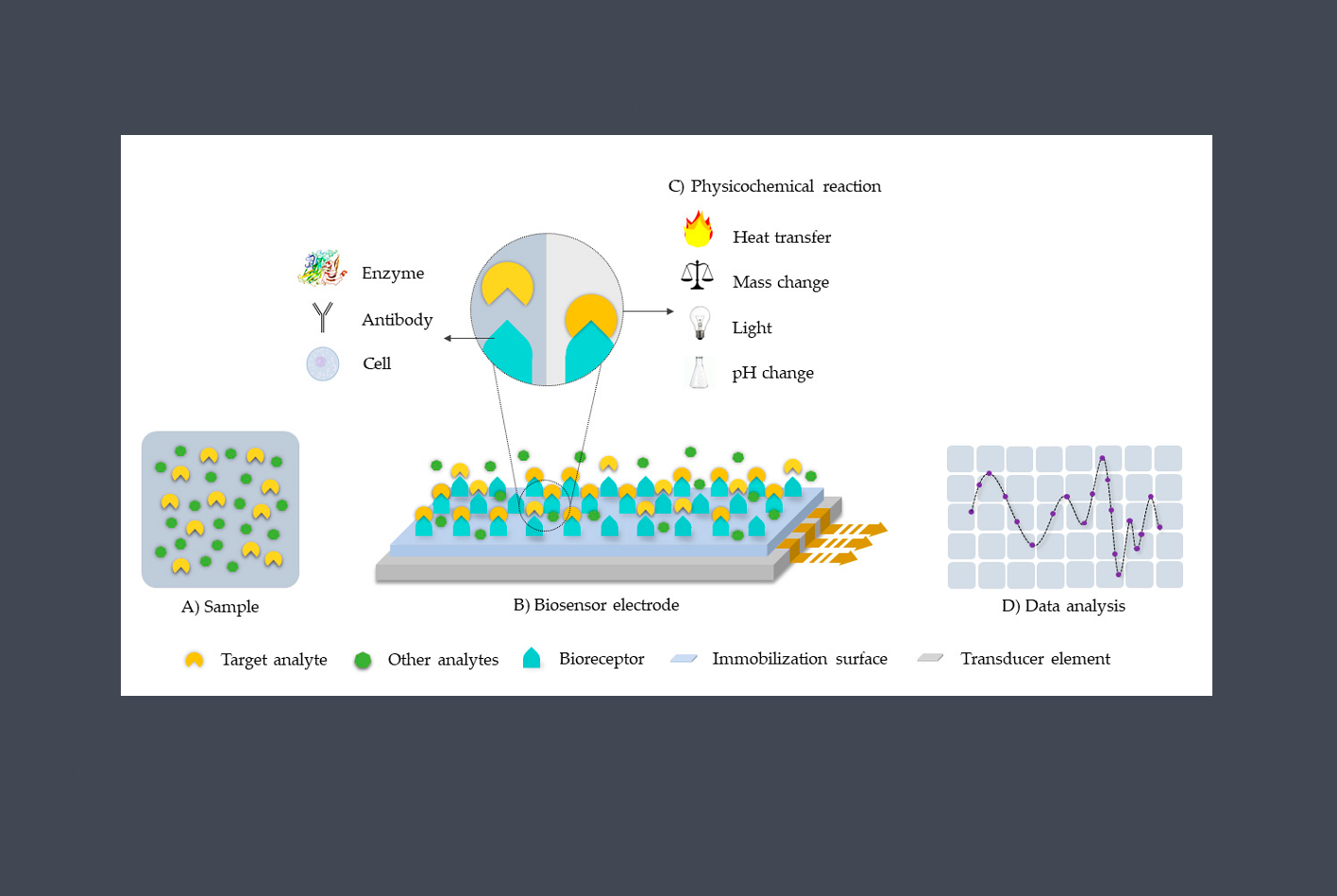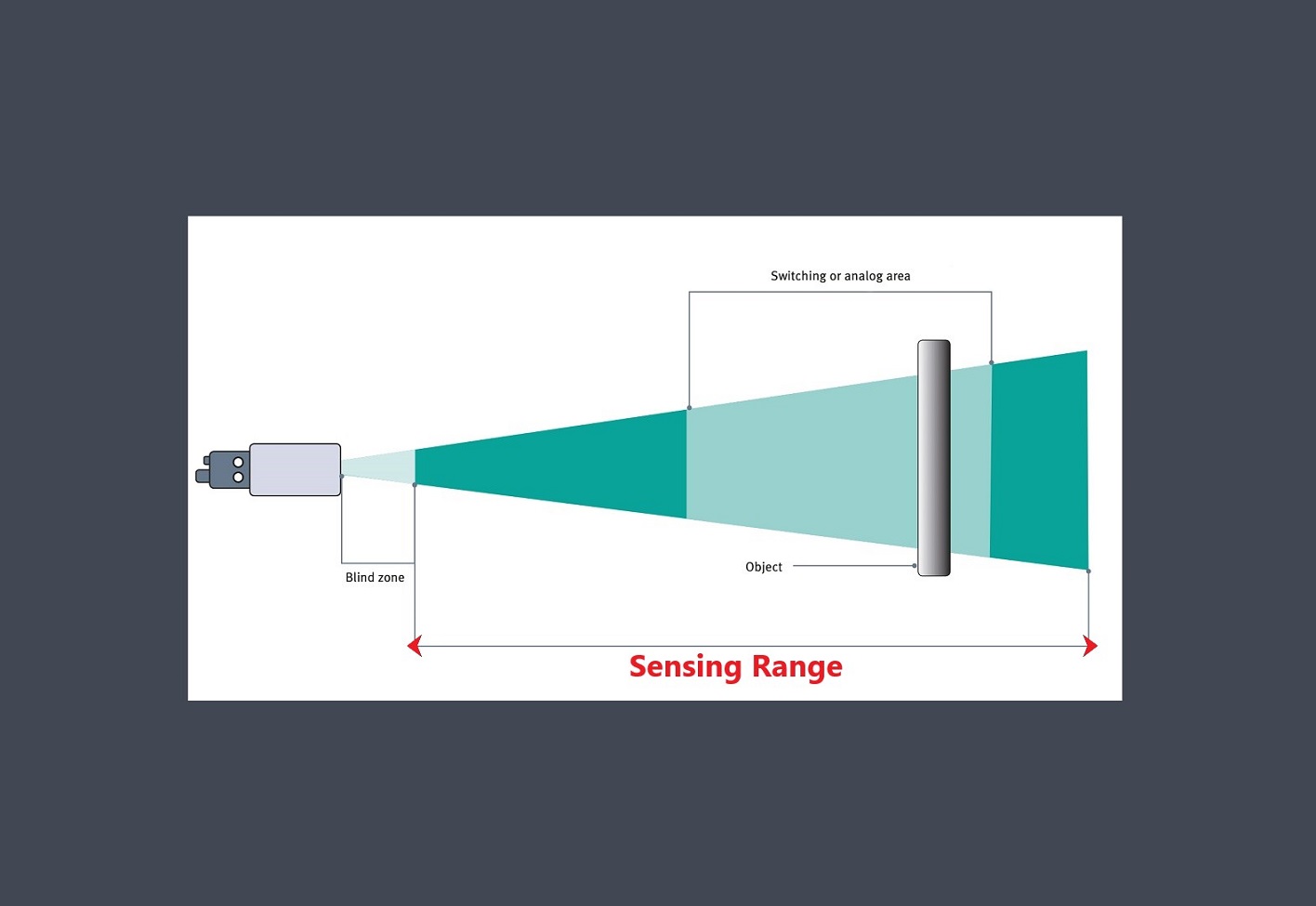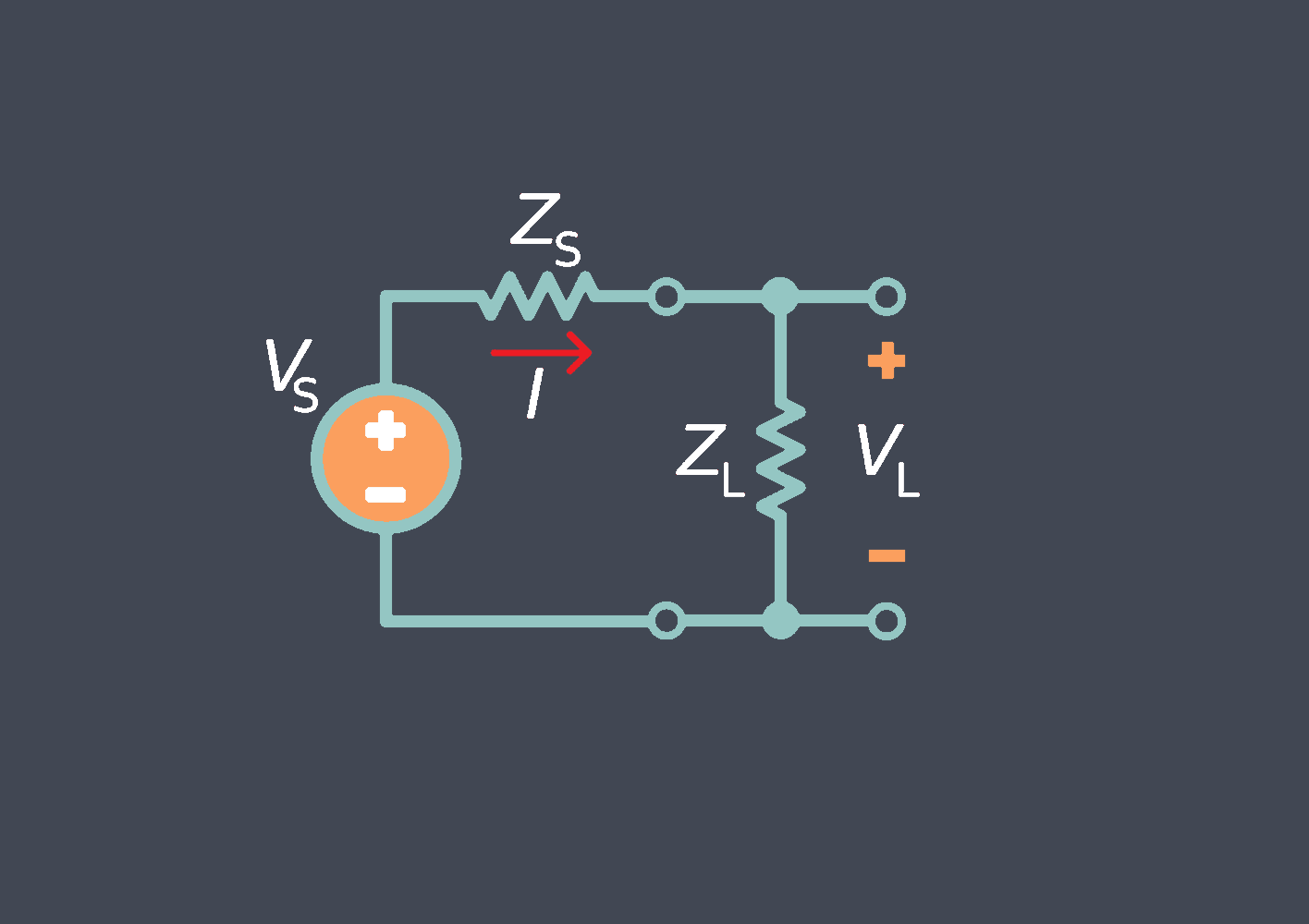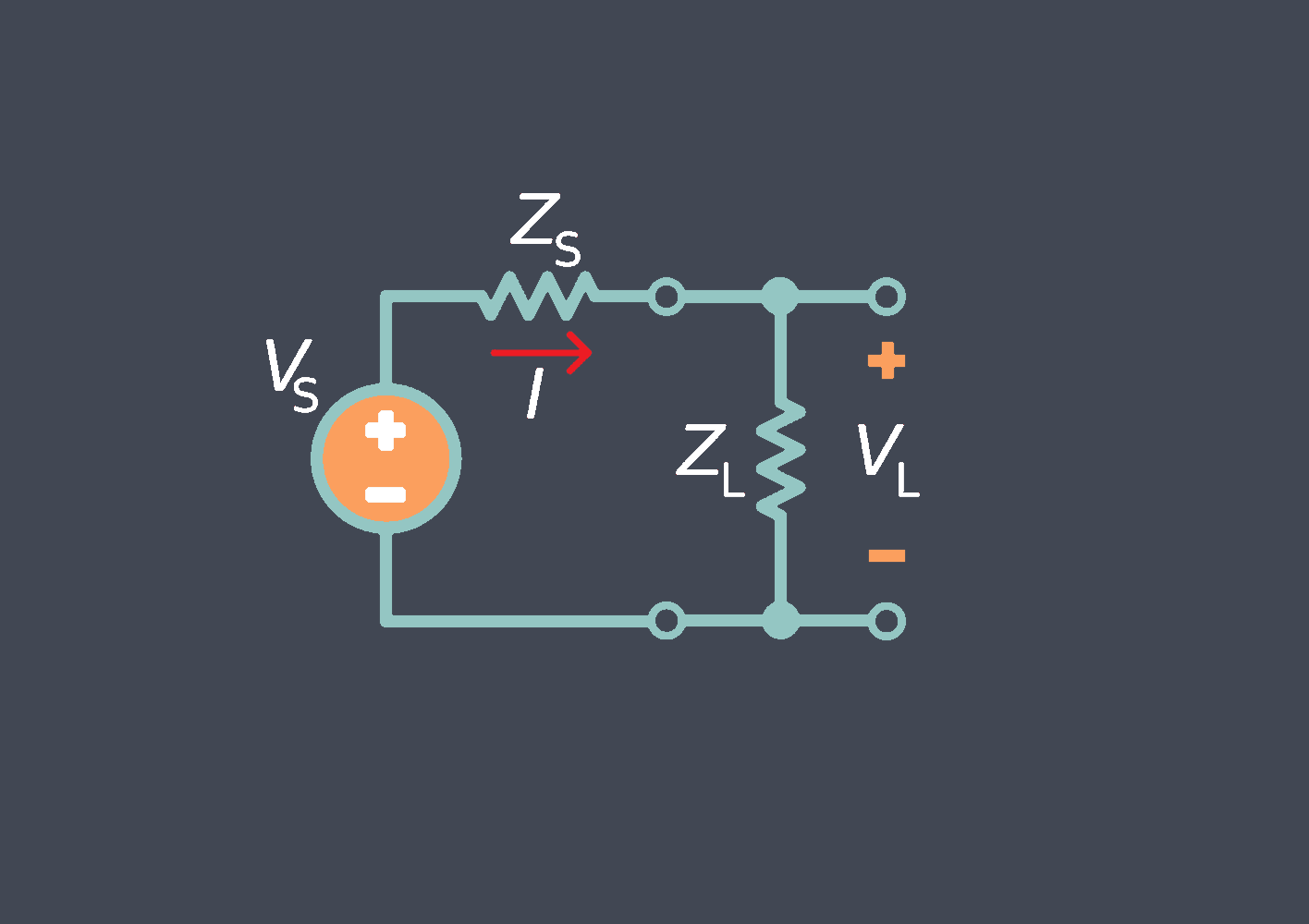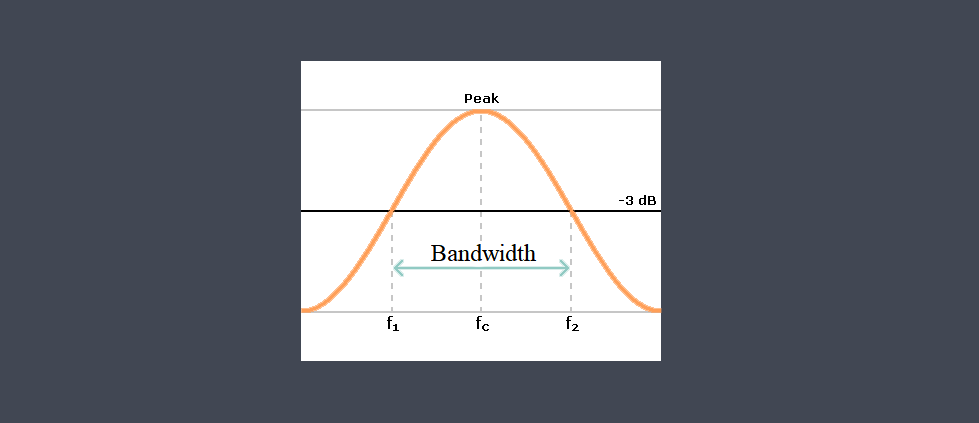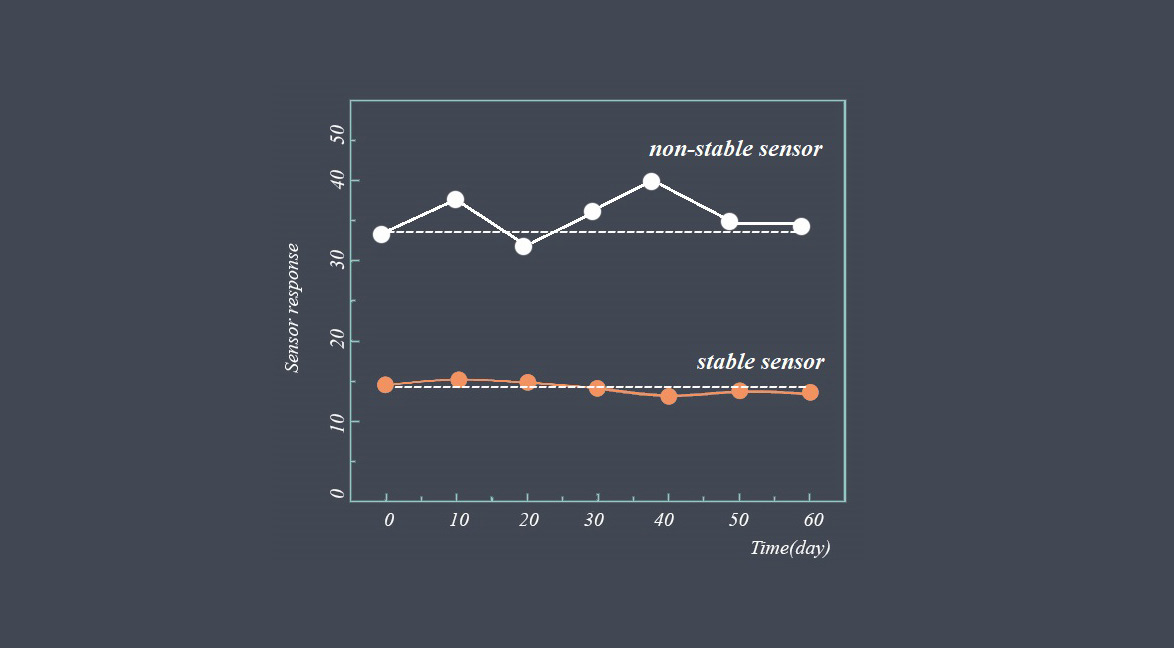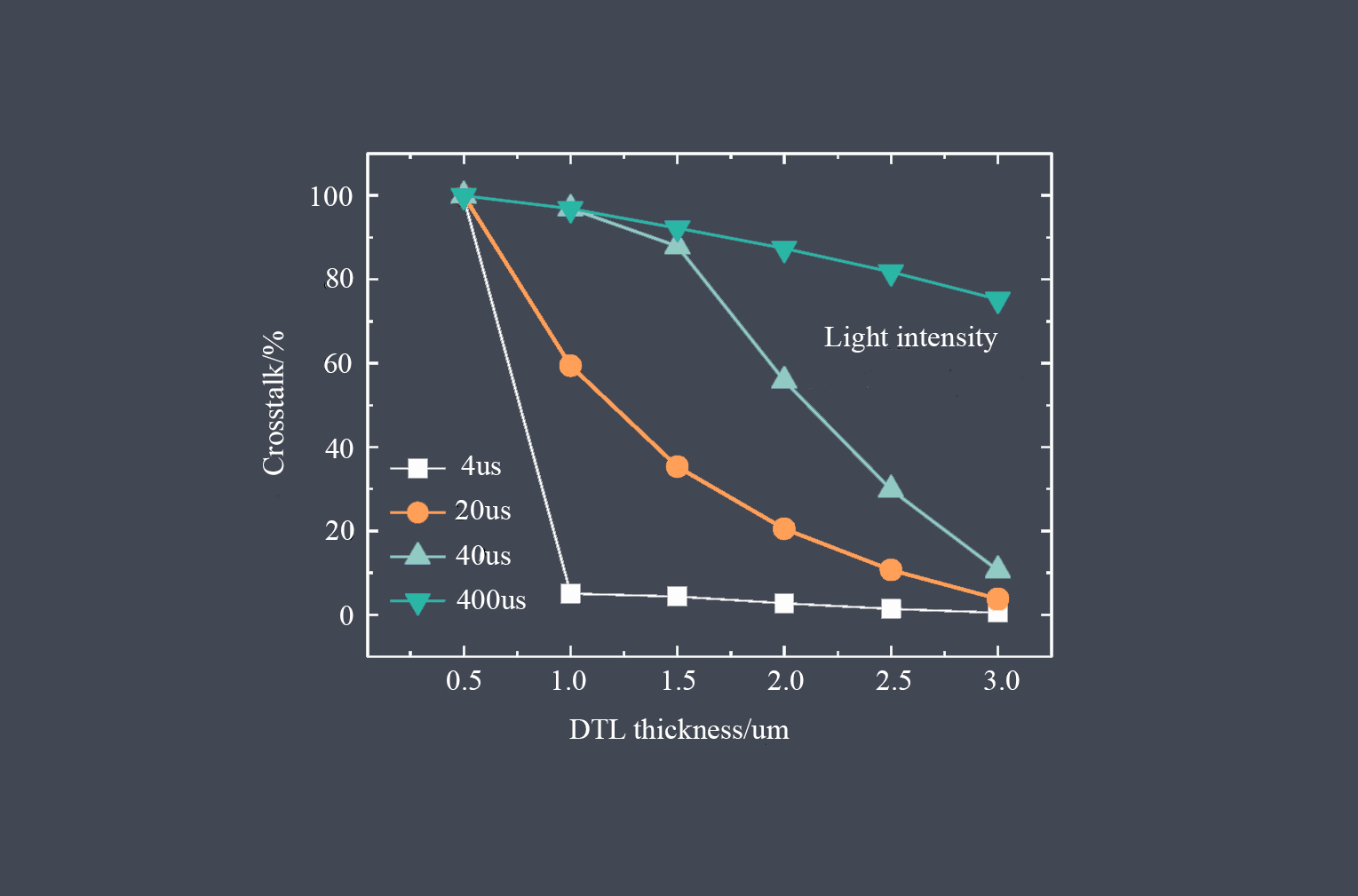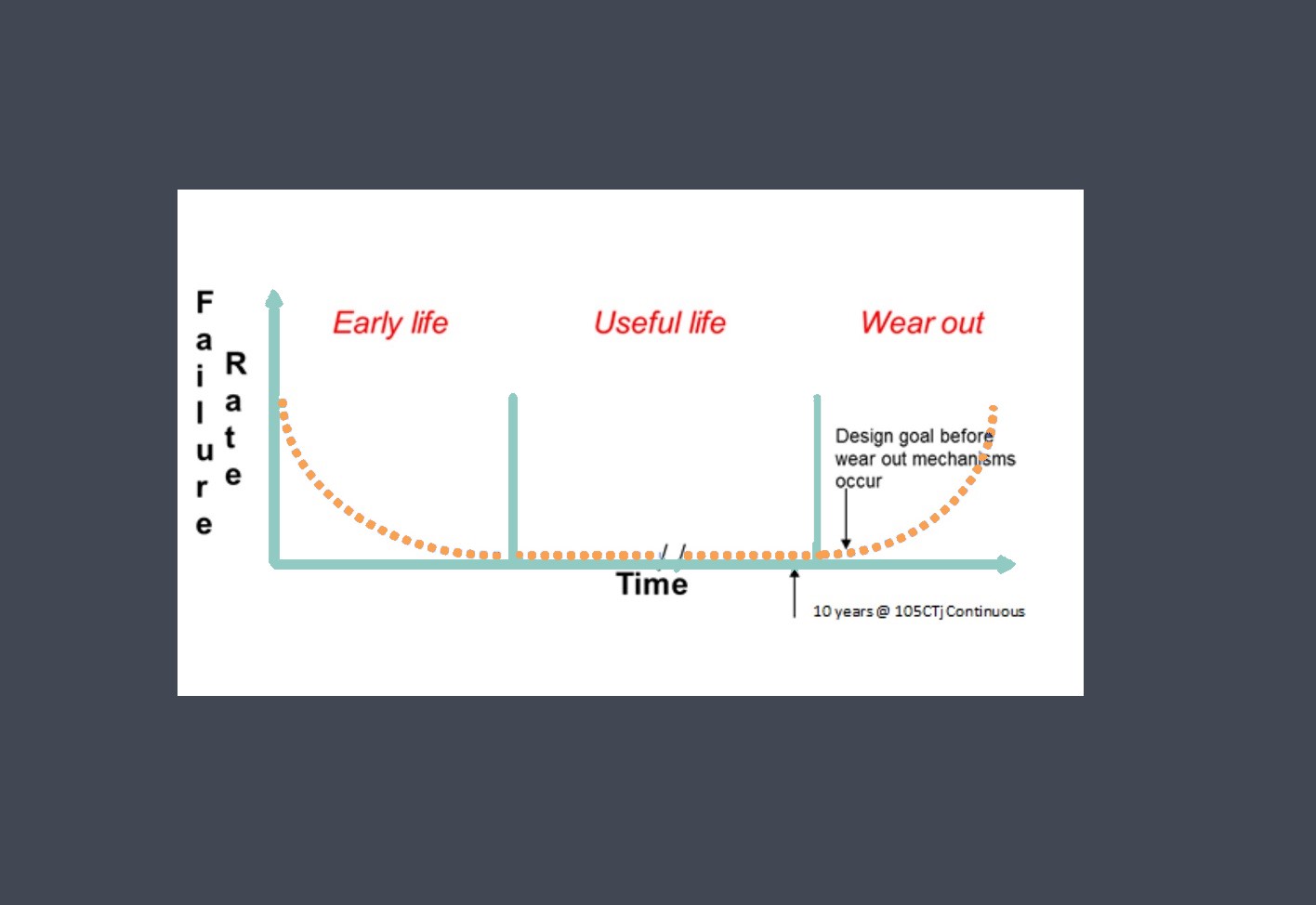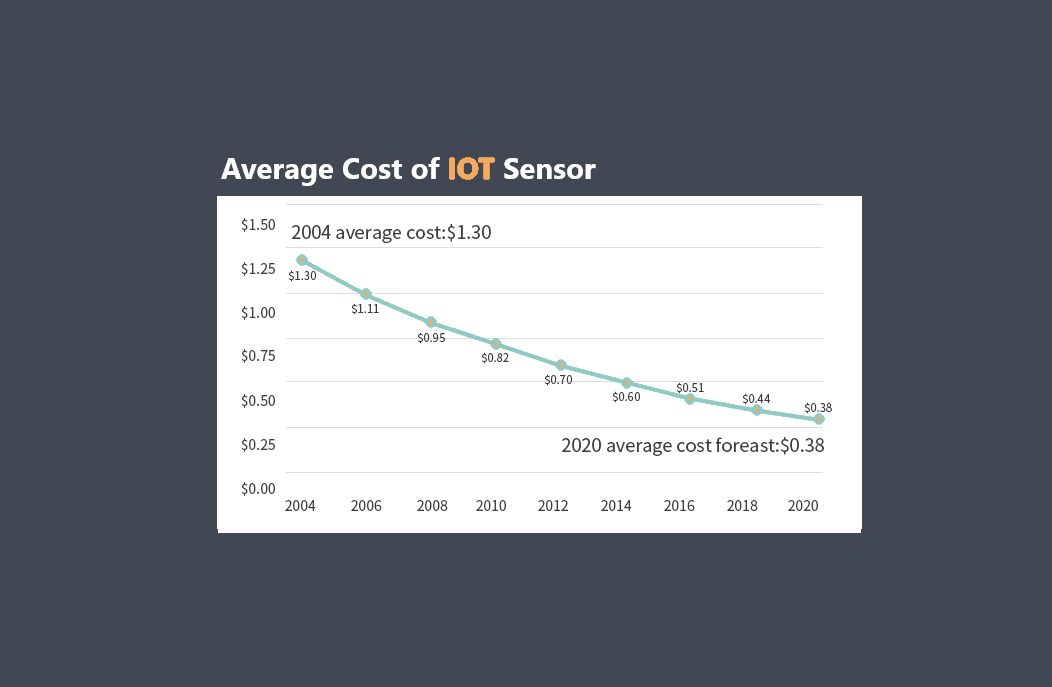
The Range of sensor is the minimum and maximum values that a sensor can measure.in other words, it’s a region where every event that takes place in this region can be detected by the sensor.
The range of a sensor refers to the minimum and maximum values of the quantity that can be measured by the sensor with a certain level of accuracy and resolution. In other words, it is the range of values over which the sensor is designed to operate and provide accurate measurements.
The range of a sensor is typically specified by the manufacturer and is usually expressed in engineering units (e.g. volts, amps, degrees Celsius, or grams) and is based on the sensor’s design, sensitivity, and signal processing capabilities.
Why is sensor range important?
The range of a sensor is important because it defines the maximum and minimum values that the sensor can accurately measure. If the sensor’s range is too narrow, it may not be able to detect certain values or may produce inaccurate readings when measurements fall outside its range. On the other hand, if the

range is too wide, the sensor may not be able to provide precise measurements within a specific range.
In general, a wider sensor range allows for more flexibility and versatility in the use of the sensor. For example, a sensor with a long range can be used to monitor large areas or objects from a safe distance, while a sensor with a short range can be used for precise measurements in close proximity to the object being monitored. However, as it was said, a wider sensor range may also come with trade-offs such as decreased accuracy or increased cost. In some cases, a narrower sensor range may be preferable to achieve greater precision or reduce interference from other sources.
Ultimately, the optimal sensor range will depend on the specific requirements and constraints of the application, and careful consideration should be given to selecting the right sensor with the appropriate range for the task at hand.
Affective parameters on the range of a sensor
The range of a sensor can be affected by various parameters, including:
Power
The amount of power supplied to the sensor can affect its range. A higher power output can increase the range of the sensor.
Frequency
The frequency of the signal emitted by the sensor can also impact its range. Higher frequency signals generally have a shorter range than lower frequency signals.
Antenna size and type
The size and type of antenna used with the sensor can impact its range. Larger antennas generally have a longer range than smaller ones, while directional antennas can provide a greater range in a specific direction.
Environment
The environment in which the sensor is used can affect its range. For example, obstacles such as walls and buildings can reduce the range of the sensor, while open spaces can increase its range.
Signal interference
Interference from other electronic devices or signals can impact the range of the sensor. This interference can come from sources such as nearby Wi-Fi networks, Bluetooth devices, or other sensors operating on similar frequencies.
Atmospheric conditions
Atmospheric conditions such as humidity, temperature, and air pressure can also affect the range of the sensor. In general, lower temperatures and air pressure can increase the range of the sensor, while higher humidity can decrease it.
How the range of a sensor can be understood?
The range of a sensor can be understood by reviewing the specifications provided by the manufacturer. Most sensor manufacturers will provide information about the operating range in their datasheets or user manuals.

It’s important to keep in mind that the range of a sensor is just one factor to consider when selecting a sensor for a particular application. You also need to consider factors such as the sensitivity, resolution, accuracy, and reliability of the sensor.
Sensor full scale range
The full-scale range of a sensor refers to the maximum range of the sensor’s output signal, usually expressed in engineering units (e.g. volts, amps, degrees Celsius, or grams). It represents the maximum value that can be measured by the sensor and is typically determined by the design of the sensor and the range of the signals it is capable of producing.
For example, a temperature sensor may have a full-scale range of 0-5V, meaning that its output signal will range from 0 to 5 volts as the temperature being measured changes. Similarly, a pressure sensor may have a full-scale range of 0-100 psi, meaning that its output signal will range from 0 to 100 psi as the pressure being measured changes.
As it was said the full scale range determines the maximum value that can be measured by the sensor. If the input signal exceeds the full-scale range of the sensor, the sensor may become saturated, leading to inaccurate or unreliable measurements.
Sensor range VS Sensor full scale range
The range of a sensor is not necessarily the same as the sensor’s full-scale range, although the two terms are related.
The range of a sensor refers to the minimum and maximum values of the quantity that can be measured by the sensor with a certain level of accuracy and resolution. For example, a temperature sensor may have a range of -20°C to 100°C, meaning that it can accurately measure temperatures within that range.
As it was said the full-scale range of a sensor refers to the maximum range of the sensor’s output signal, usually expressed in engineering units (e.g. volts, amps, degrees Celsius, or grams).
In many cases, the range of a sensor and its full-scale range will be the same or closely related. For example, a temperature sensor with a range of -20°C to 100°C may have a full-scale range of 0-5V, with a voltage output of 0V corresponding to -20°C and a voltage output of 5V corresponding to 100°C.
However, it’s important to note that the range of a sensor and its full-scale range may not always be the same. For example, a force sensor may have a range of 0-100 N, but its full-scale range may be 0-10V or some other range of voltage output, depending on the specific design of the sensor. In such cases, it’s important to carefully consider both the sensor’s range and its full-scale range when selecting a sensor for a particular application.

